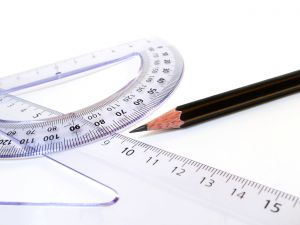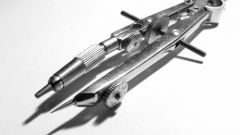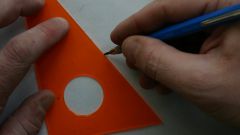You will need
- Textbook, notebook, pen, pencil, ruler, protractor, compass, eraser
Instruction
1
Carefully read the prerequisite tasks.
2
Make the drawing.
3
Note in the drawing that you are given: lengths of sides, angles. If the condition of the problem says that some segments are equal, put them on the same strokes. Equal angles mark the same handles: single, double, wavy. Corners different quantities highlight different temples.
4
Explore the figures presented in the task. Remember their definition and properties.
5
Define a topic that applies to your task. Refresh in the head of the theoretical material on this topic, repeat the main theorem.
6
Consider the examples of solving problems on this topic. The tasks given in the textbook as examples, often addresses the fundamental issues that you should know.
7
If you feel confident enough, proceed to the solution of the problem. Start with what you need to find or to prove. Think about how this can be done. That is, solve the problem "from the end".
8
If you do not see the ways of solving tasks, try to find something using the available data. Perhaps it will come to you idea, how to solve the problem.
Useful advice
Do not get carried away "oral" evidence. Write down the solution of the problem as detailed as possible, unless otherwise specified. Some things may seem obvious to you, but still prescribed them. So you will have practiced the skill, you will better remember the idea.






